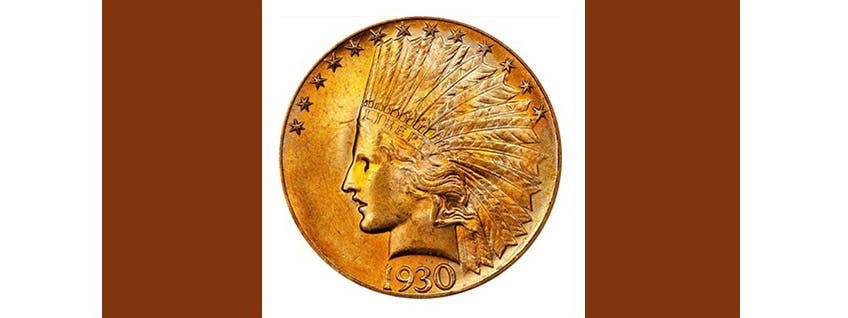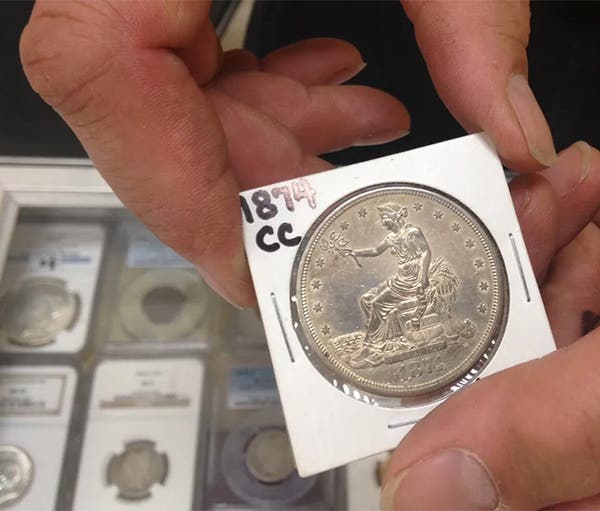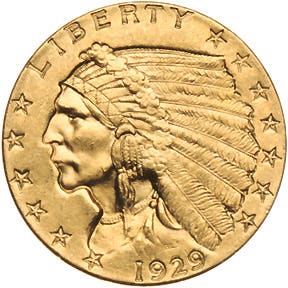Proof dies employed for circulation strikes
The 1956-1964 Washington quarters from Philadelphia, not Denver, display a small percentage of the population as the Type [Variety] B or proof reverse on the circulation coins. Your publication on…
The 1956-1964 Washington quarters from Philadelphia, not Denver, display a small percentage of the population as the Type [Variety] B or proof reverse on the circulation coins. Your publication on Nov. 16 in the “Coin Clinic” column said they came from Denver.
PCGS CoinFacts.com quotes Jaime Hernandez, author of WashingtonType-B.com, stating: “From 1956 to 1964 the Philadelphia Mint inadvertently struck some circulation strike Washington quarters with a reverse design intended for proofs only.” At his own website Hernandez says, “The Type-B Reverse was not a mistake by the Mint. The Mint used leftover used proof dies because they ran short on business strike dies. Used proof obverse dies were also used on business strike coins.”
Just how scarce are these Variety B 1956 to 1964 quarters?
According to www.washingtontype-B.com, “The 1957 Type B reverse is probably hundreds of times scarcer than regular 1957 Washington quarters. Surprisingly, the 1957 Type B quarter is the most easily obtainable of all the nine different Type B silver Washington quarter varieties.”
There are so many banks that issued National Bank Notes. How is the value of a specific note determined?
National Bank Note collecting has benefited greatly from the computer age. Individual serial numbers can be tracked, with accurate assessments of the surviving population of issues for a specific bank tabulated. Due to this information, when condition is added to this equation, a value can be determined for any individual note.
Isn’t it possible for the known population of National Bank Notes issued by a specific bank to change drastically by the discovery of a hoard of previously unknown notes?
Although the likelihood of this happening is remote it is a risk we as collectors take with coins as well as with bank notes. The only guarantee we have of this not happening is if the entire population of a coin or note is known to have survived and is already in collector hands. An example of this is the 1913 Liberty Head nickel, all five of which are accounted for.
I recently read some remarks regarding gold coins of the 1850s and how few survive in great condition since there were few gold coin collectors at that time. What were salaries like during the 1850s?
A worker on the Erie Canal made about a dollar a day during the 1850s. Most workers experienced similar wages. Since the work week was six days, a person earned $6 per week. Only an unusual person would keep an entire week’s wages in one or two coins. Collecting gold was for the wealthy.
E-mail inquiries only. Do not send letters in the mail. Send to Giedroyc@Bright.net. Because of space limitations, we are unable to publish all questions.
This article was originally printed in Numismatic News. >> Subscribe today.
More Collecting Resources
• Subscribe to our monthly Coins magazine - a great resource for any collector!
• Purchase your copy of The Essential Guide to Investing in Precious Metals today to get started on making all the right investing decisions.








